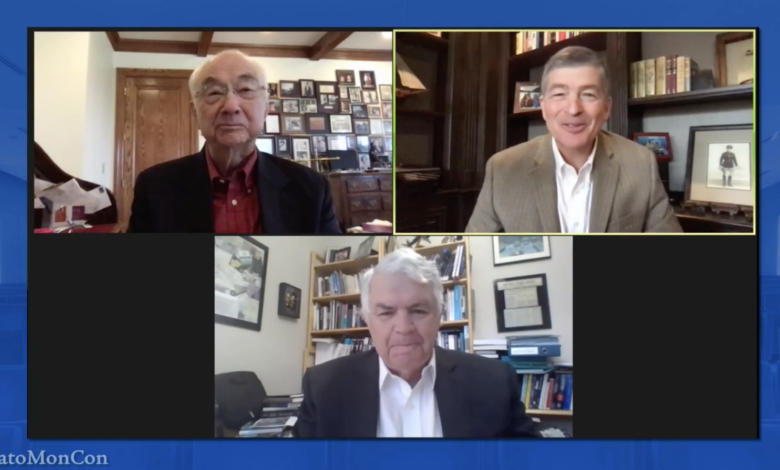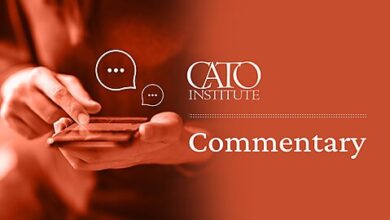Digital Currency: Risk or Promise?—New Issue of the Cato Journal

 (This editor’s note is cross-posted from the Spring/Summer 2021 edition of the Cato Journal.)
(This editor’s note is cross-posted from the Spring/Summer 2021 edition of the Cato Journal.)
In 1996, Cato held its 14th Annual Monetary Conference, “The Future of Money in the Information Age.” The proceedings, along with additional essays, appeared in a book with the same title in 1997. In that volume, Alan Greenspan wrote, “To develop new forms of payment, the private sector will need the flexibility to experiment, without broad interference by the government” (Greenspan 1997: 48).
Since that time, financial innovation (in particular, blockchain) and the Bitcoin Revolution have spawned hundreds of cryptocurrencies, although only a dozen have achieved notable success (see coinmarketcap.com). Moreover, there is a search for stable-valued digital currencies that can act as a superior means of payment, medium of exchange, and store of value. Several central banks, including the People’s Bank of China, are experimenting with their own digital currencies—and the Federal Reserve is likely to follow suit.
Because of the importance of these developments for the future of money, civil liberties, and monetary policy, Cato’s 38th Annual Monetary Conference, held virtually on November 19, 2020, was devoted to an in-depth discussion of “Digital Currencies: Risk or Promise?” The articles in this issue of the Cato Journal stem from that event.
By considering potential benefits as well as possible risks of private and central bank digital currencies, the contributors to this volume will improve our understanding of digital alternatives. In particular, a common thread throughout the journal is that one must be cognizant of the danger of centralizing digital currency in the hands of the state—especially the risks to monetary and financial stability, privacy, and freedom.
Although the focus of this issue is digital currency, the lead article by Jeb Hensarling, Phil Gramm, and John B. Taylor provides an overview of the long-run implications of the Federal Reserve’s response to Covid-19, the impact on Fed independence, and opportunities for positive legislative action—including a move toward a rules-based monetary regime. In a similar vein, John A. Allison closes with “Lessons for the Fed from the Pandemic.”
The remainder of the articles fall into four categories: (1) Digital Currency: State v. Market, with articles by Tobias Adrian and Tommaso Mancini-Griffoli, Neha Narula, Lawrence H. White, and Eswar Prasad; (2) Digital Currency and Civil Liberties, with articles by Jill Carlson, Alex Gladstein, and Martin Chorzempa; (3) Digital Currency, Competition, and Monetary Policy, with articles by Caitlin Long, Jesús Fernández-Villaverde, George Selgin, David Andolfatto, and Dong He; and (4) Digital Currency and Financial Inclusion, with articles by Michael J. Casey, Charles W. Calomiris, and Diego Zuluaga.
I thank the authors for their contributions and hope their work will encourage further research to find innovative ways to improve monetary and financial stability while preserving a free society. Finally, I acknowledge the generous support of the George Edward Durell Foundation in making Cato’s Annual Monetary Conference possible.
*******
Reference
Greenspan, A. (1997) “Fostering Financial Innovation: The Role of Government.” In J. A. Dorn (ed.), The Future of Money in the Information Age, 45–50. Washington: Cato Institute.
The post Digital Currency: Risk or Promise?—New Issue of the <em>Cato Journal</em> appeared first on Alt-M.





